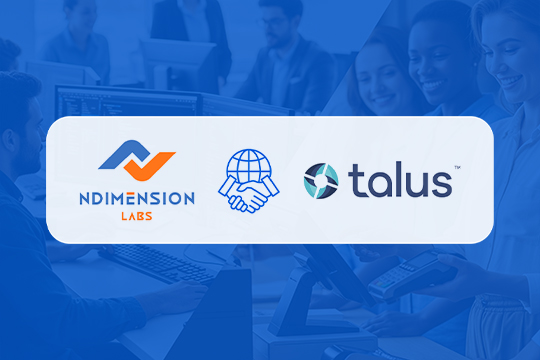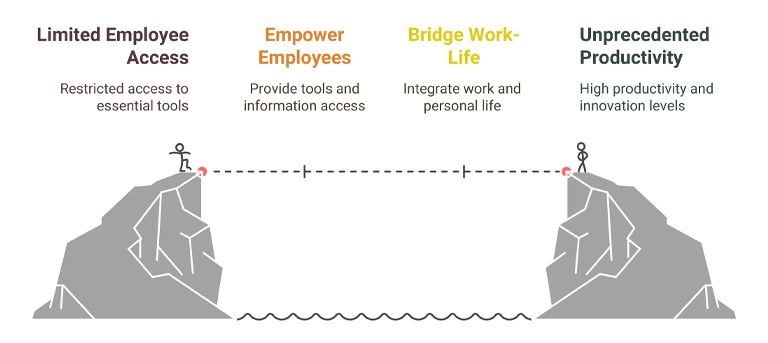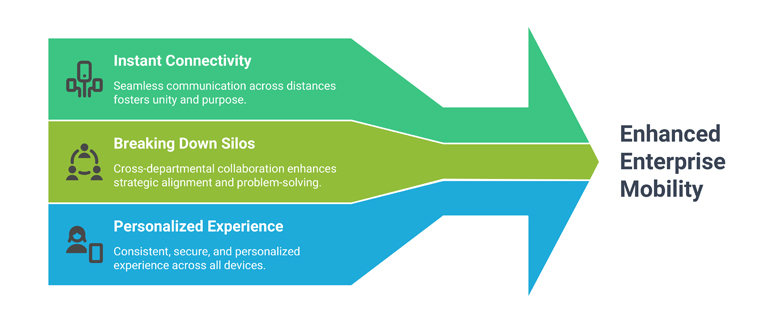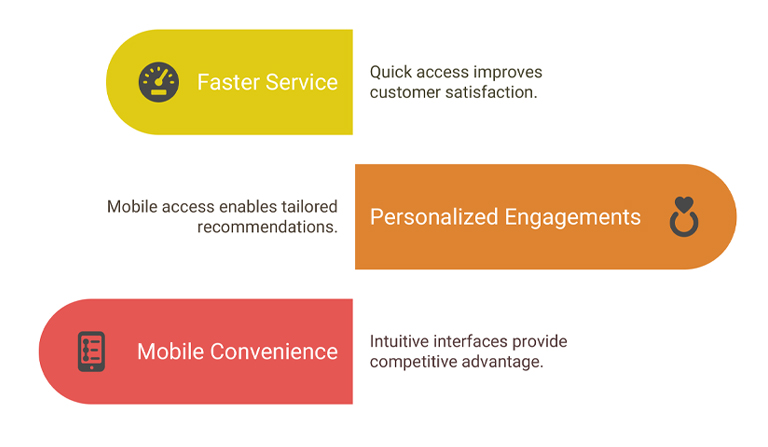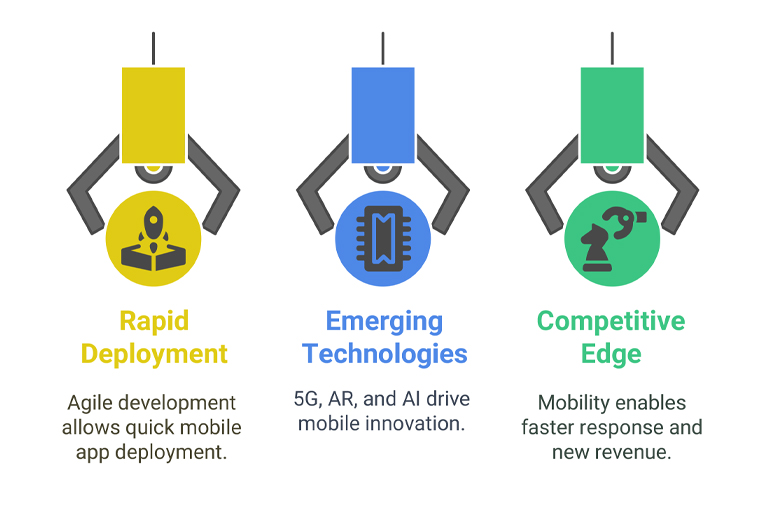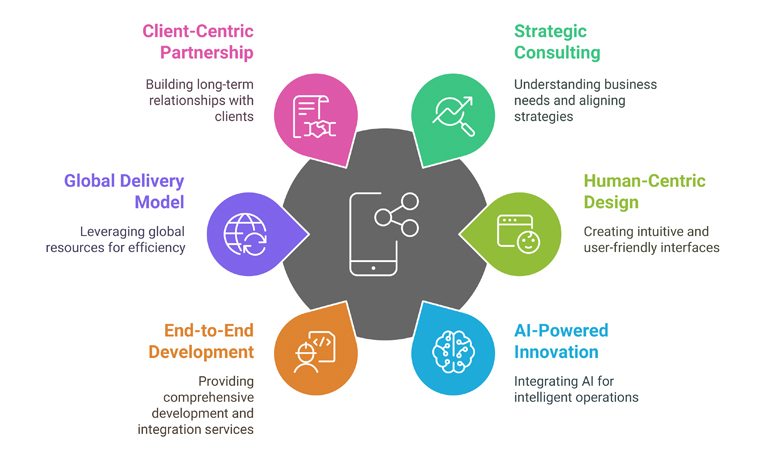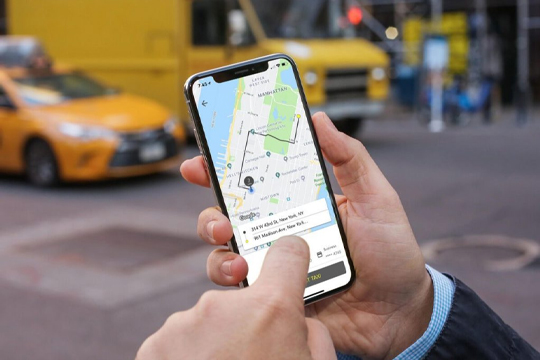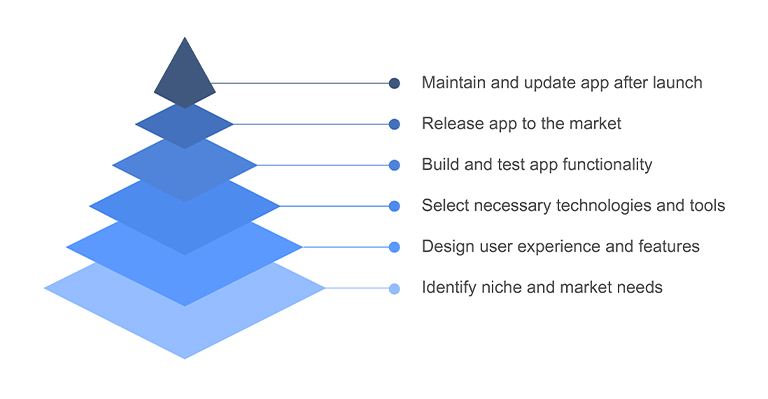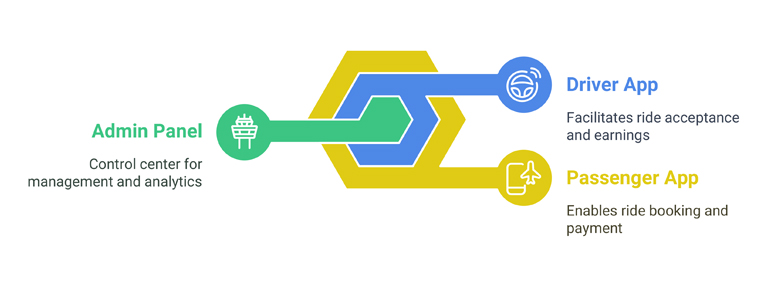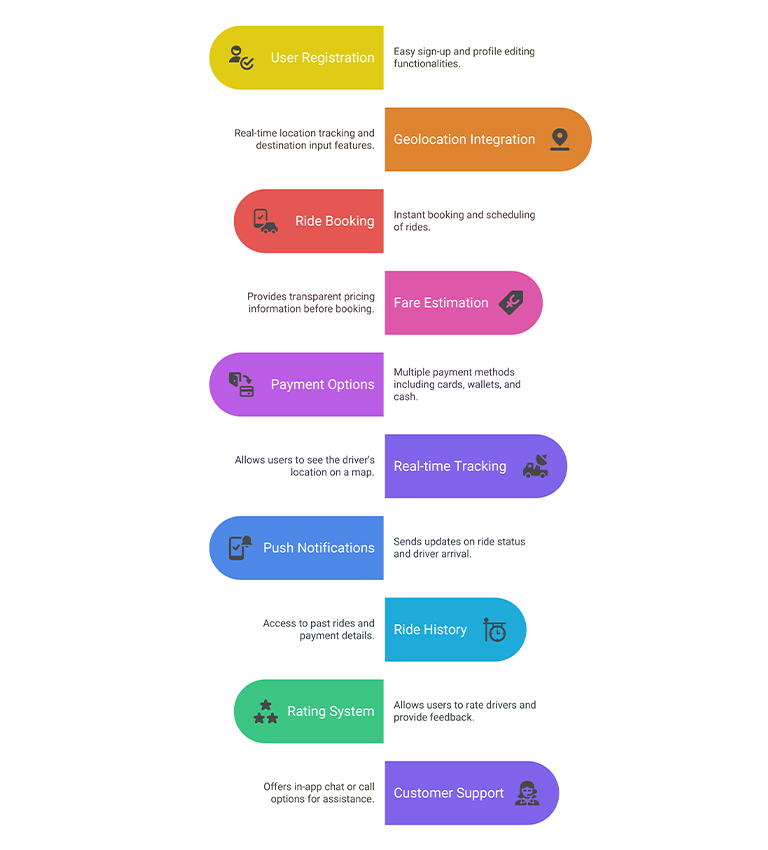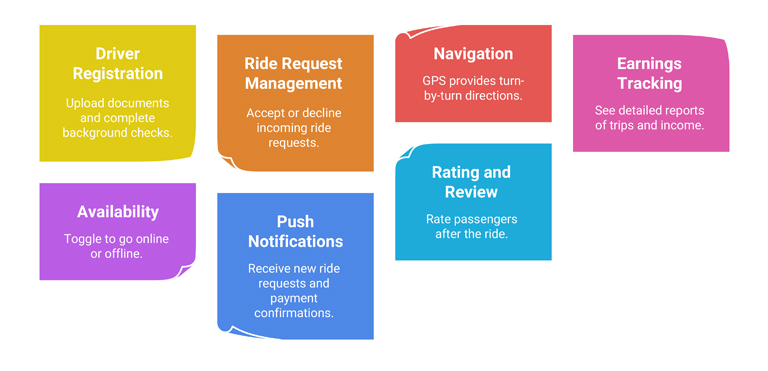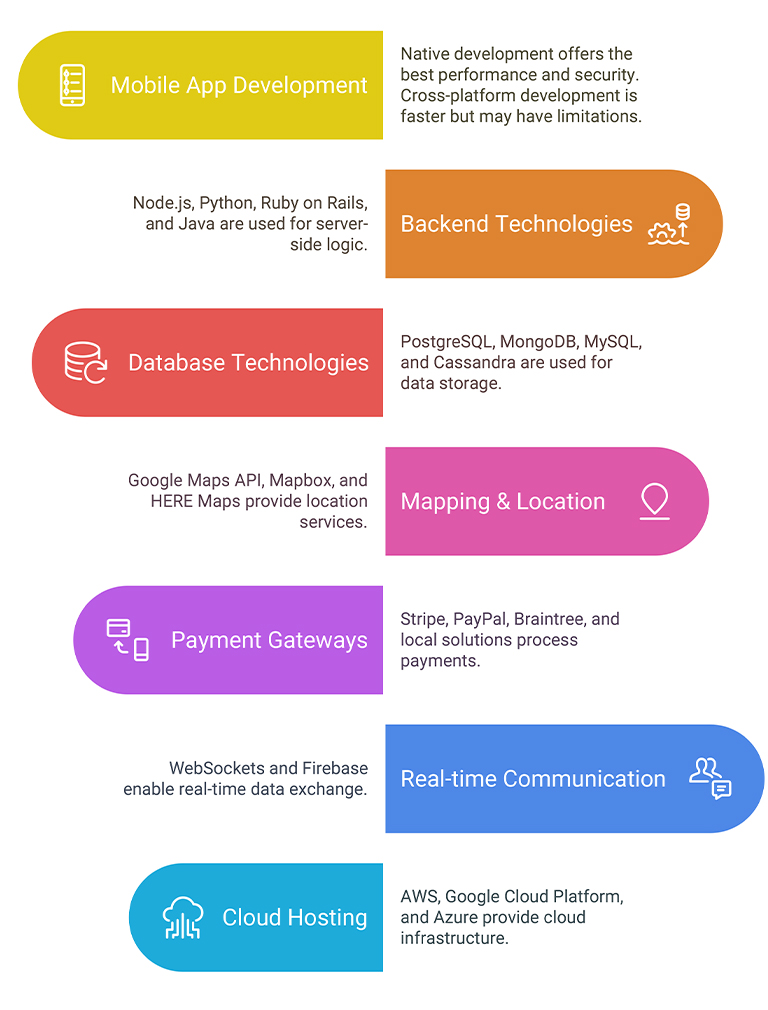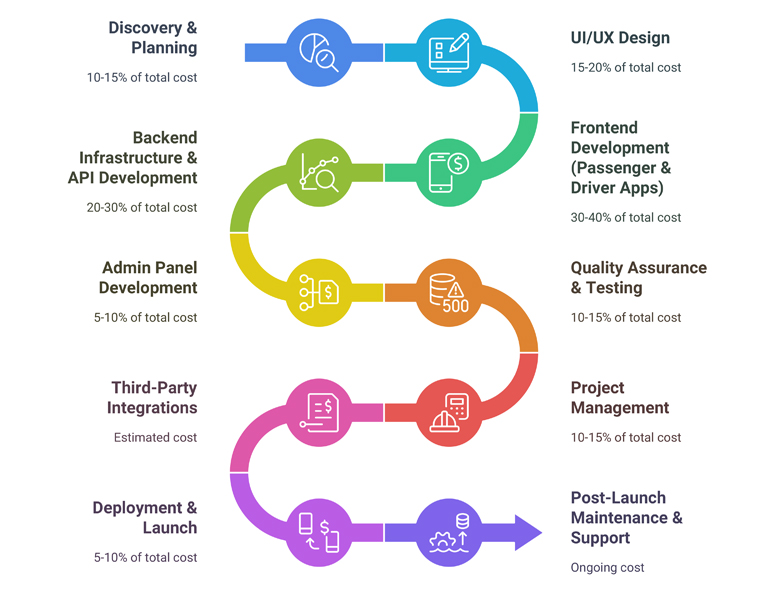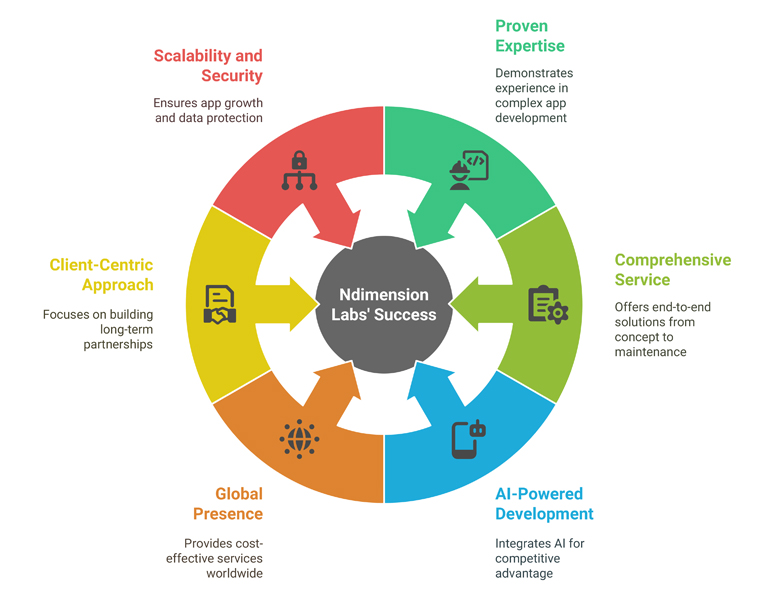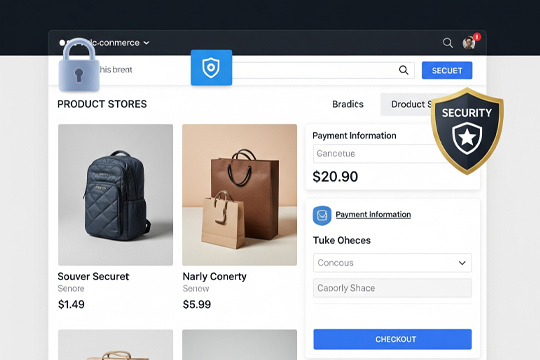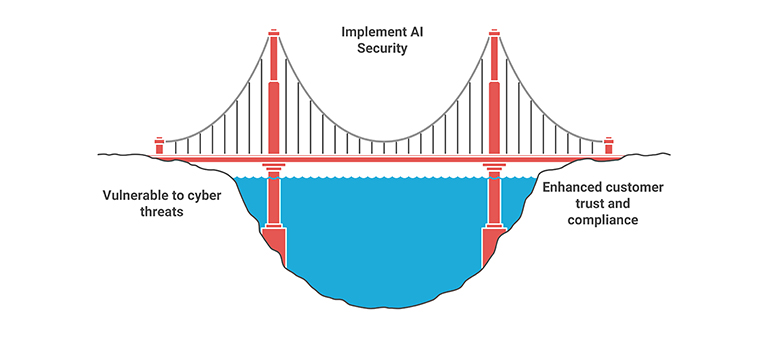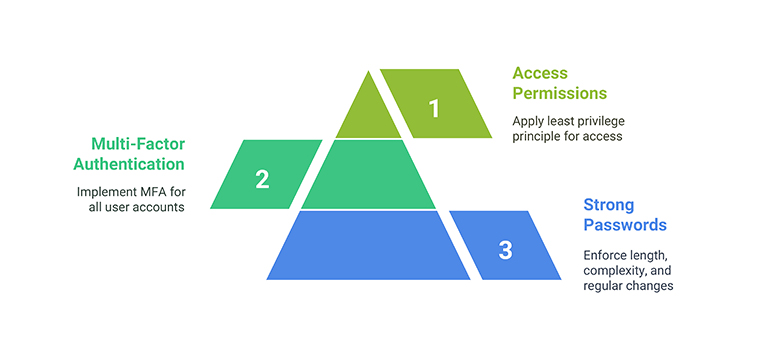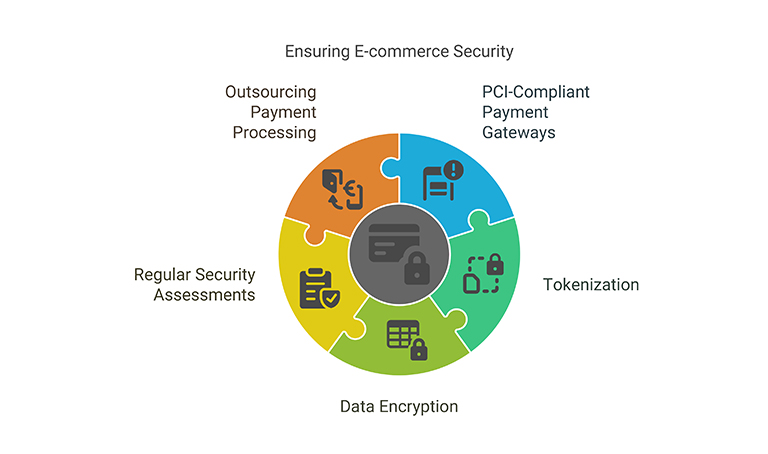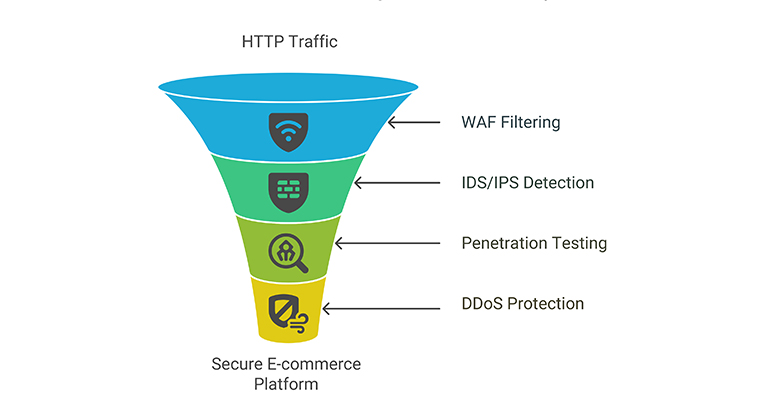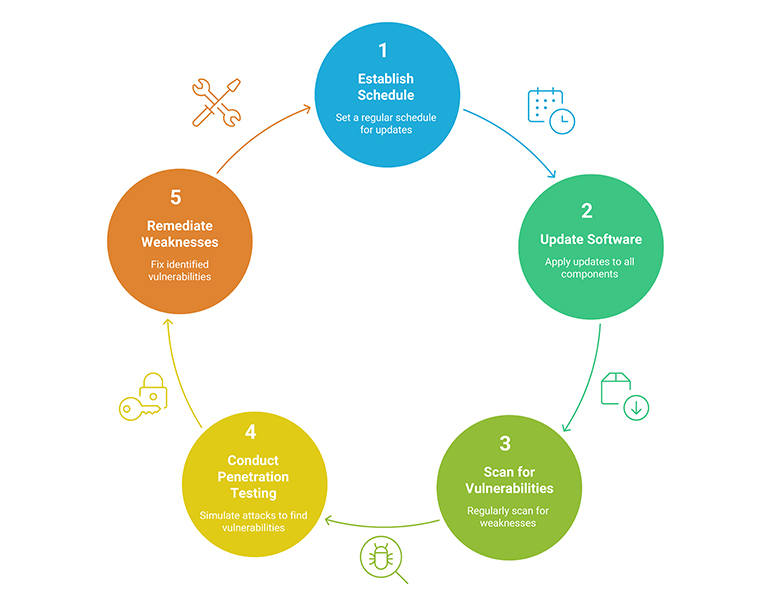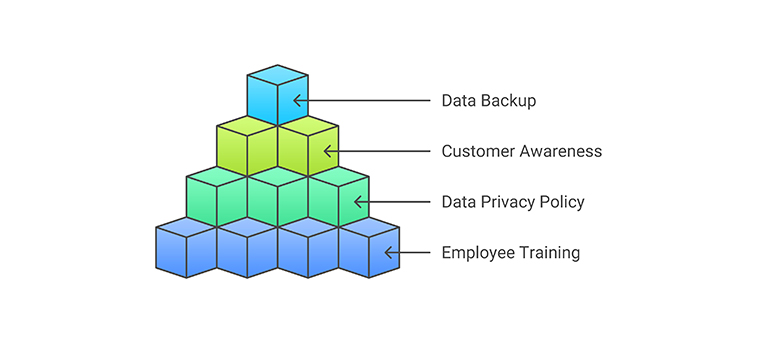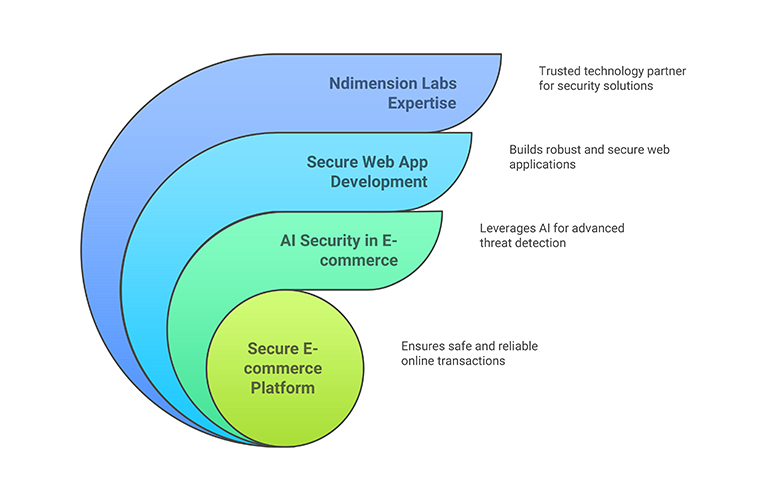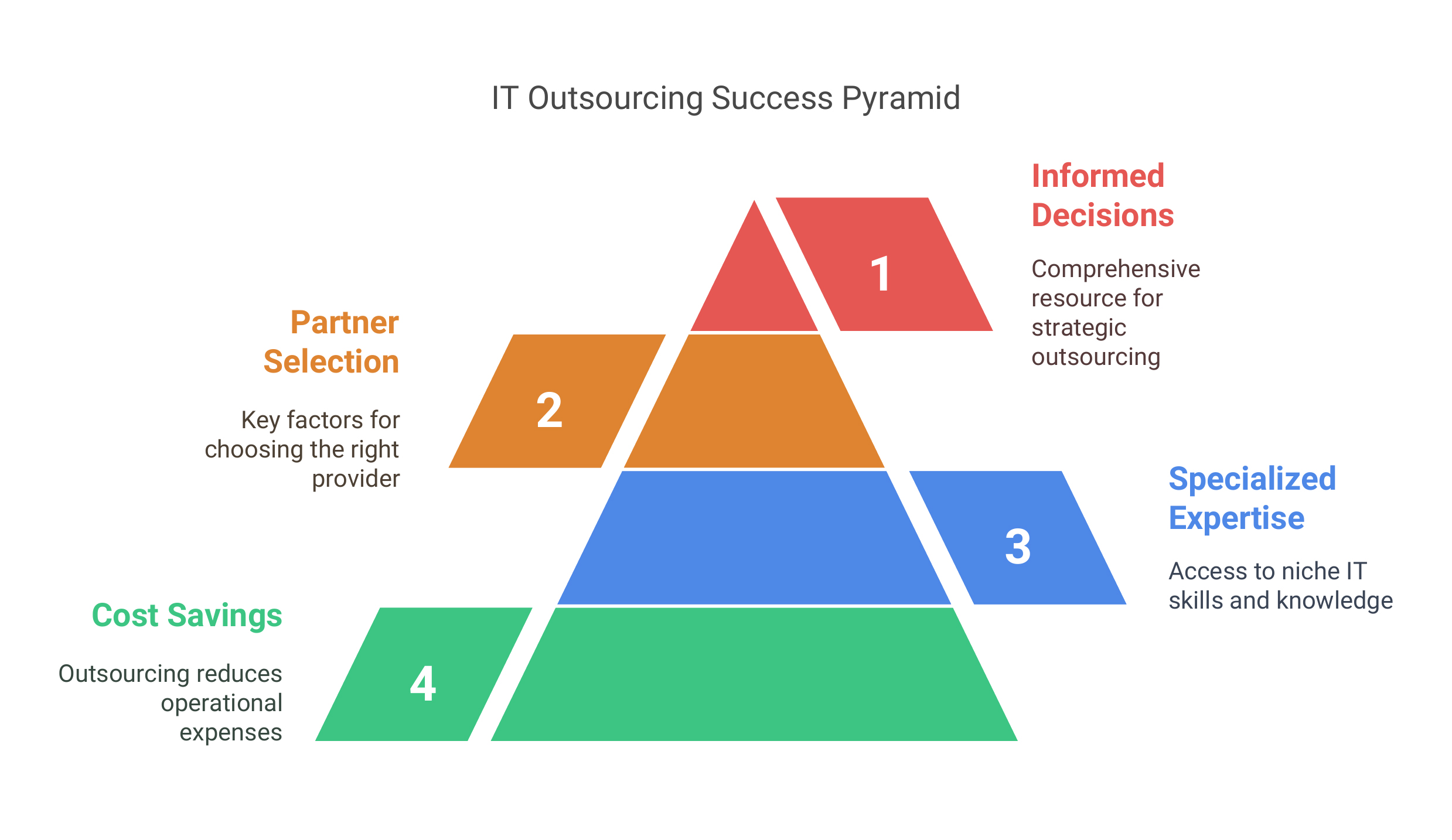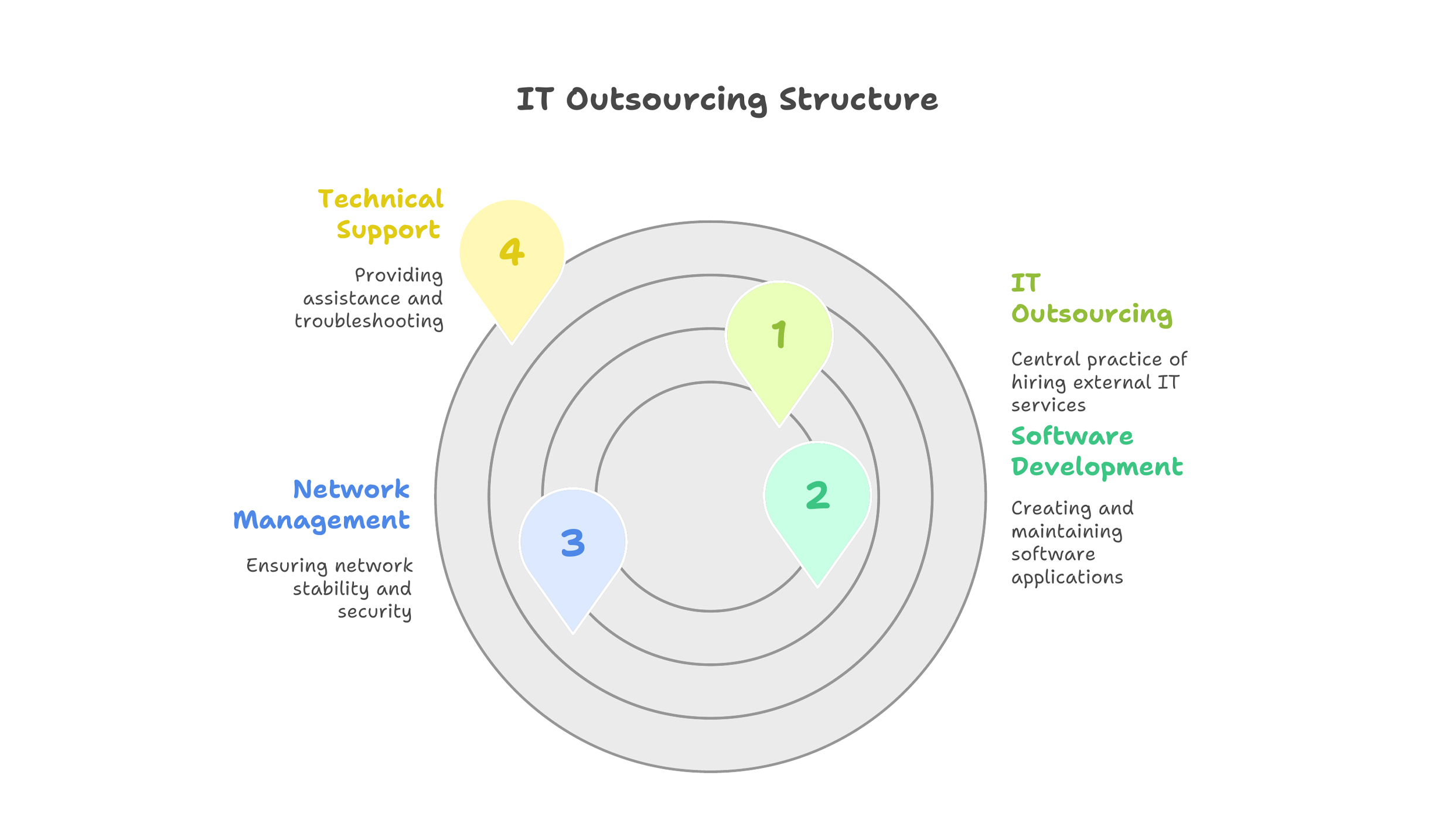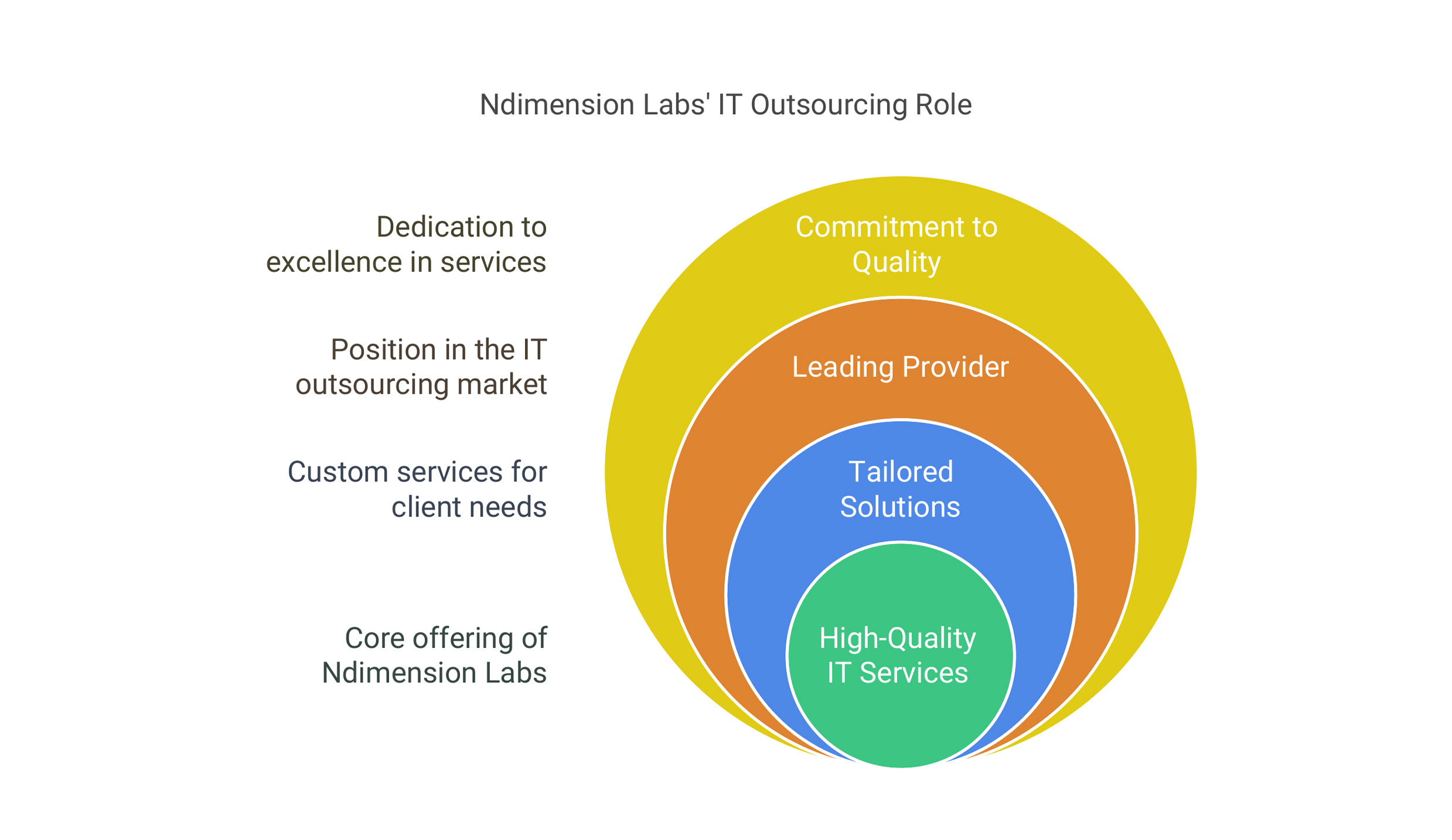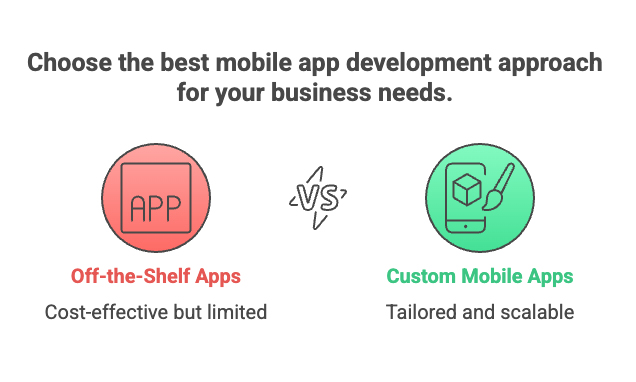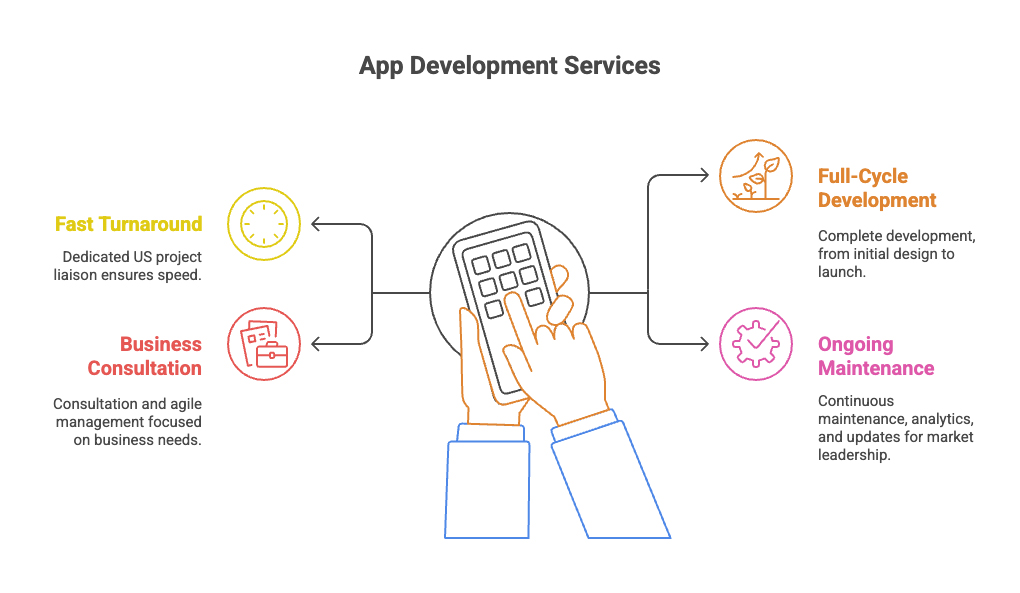In this hyper-competitive digital landscape, businesses aren’t just looking for solutions; they’re demanding a strategic advantage. They need partners who can not only build the future but also accelerate their growth, reduce operational friction, and enhance their bottom line. That’s precisely why the recent announcement of a game-changing strategic partnership between Ndimension Labs and Talus is generating such excitement across industries.
The Power of Unified Digital Solutions
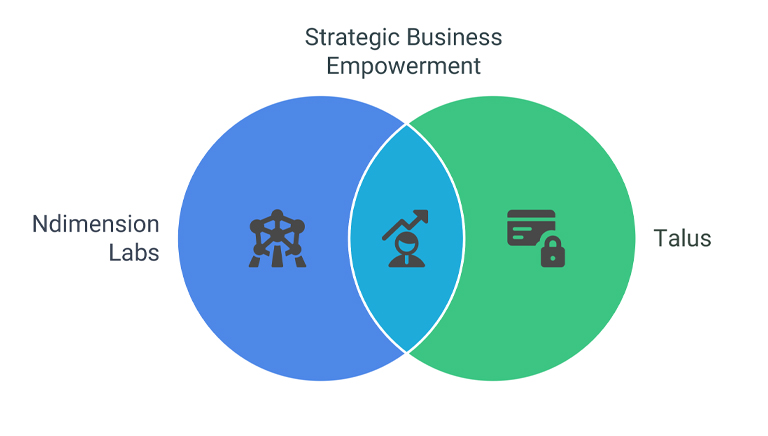
This isn’t merely a collaboration; it’s a meticulously crafted alliance designed to empower businesses with a comprehensive suite of digital solutions, seamlessly integrated with secure and efficient payment experiences. Imagine having a single, unified ecosystem for all your technology needs, from conceptualization to secure transactions – that’s the powerful promise this duo delivers.
Why This Partnership is a Game-Changer: The Numbers Speak Volumes
What makes this collaboration a true game-changer? It’s the perfect fusion of specialized strengths, creating a one-stop technology powerhouse that addresses the most critical needs of modern businesses, backed by compelling industry statistics.
Ndimension Labs: Your Architect for Digital Growth (Driving Efficiency & Innovation)
Ndimension Labs brings decades of expertise in crafting cutting-edge digital solutions. With a proven track record in full-stack software development, intuitive mobile applications, and custom digital solutions, they are masters at building platforms that are not just functional but also scalable and future-proof. Their client-centric approach ensures every solution is meticulously tailored to drive growth and meet unique business demands. Consider these impactful stats:
- Digital transformation projects, when successfully implemented, have been shown to increase revenue by an average of 17-20% on digital investments. (Forrester Research, 2023) Ndimension Labs’ expertise directly contributes to this uplift by delivering solutions that truly resonate with market needs.
- Companies with advanced digital capabilities demonstrate 3.3x higher revenue growth compared to digital laggards over a three-year period. (Deloitte, 2023) By partnering with Ndimension Labs, businesses are aligning themselves with the accelerators of growth, ensuring they are at the forefront of digital adoption, not trailing behind.
- Custom software development can lead to significant cost reductions by automating repetitive tasks and reducing human error. (Taazaa, Charter Global) This directly translates into improved efficiency and higher ROI, freeing up valuable resources for strategic initiatives.
Driving Business Growth Through Digital Solutions
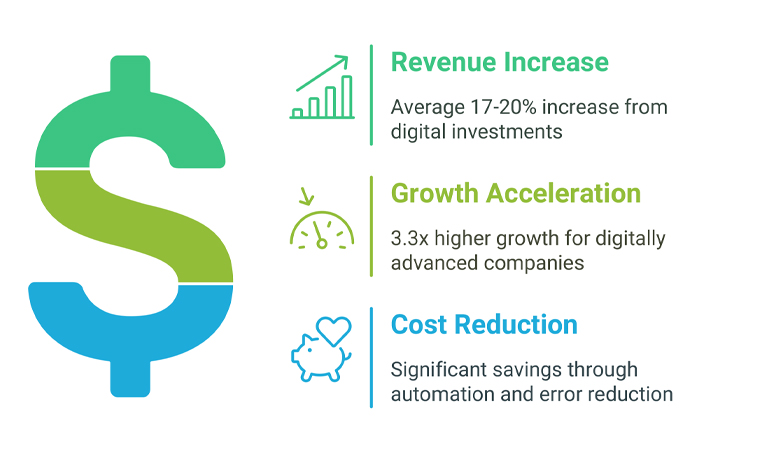 Ndimension Labs doesn’t just build software; they engineer digital ecosystems that enhance operational efficiency, foster innovation, and lay the groundwork for sustainable scaling.
Ndimension Labs doesn’t just build software; they engineer digital ecosystems that enhance operational efficiency, foster innovation, and lay the groundwork for sustainable scaling.
Talus: The Guardian of Seamless and Secure Payments (Boosting Conversions & Trust)
In the digital economy, trust and efficiency in transactions are paramount. This is where Talus shines, providing businesses with the confidence to transact with speed, reliability, and unwavering compliance. Their robust payment infrastructure ensures every transaction is not only secure but also incredibly smooth, minimizing friction and maximizing customer satisfaction.
Here’s how Talus’s expertise directly impacts your bottom line:
- A seamless checkout experience can significantly reduce cart abandonment rates. Studies show that a complex or time-consuming payment process is a leading cause of abandoned carts. By offering one-click payments, auto-fill card details, and multi-currency support, Talus helps businesses convert more Browse visitors into paying customers.
- Payment gateways that support multiple options (credit/debit cards, UPI, net banking, e-wallets, BNPL) lead to higher conversion rates. (Quick Pay, Payby) Catering to diverse customer preferences directly translates to increased sales, as customers are more likely to complete purchases when their preferred payment method is available.
- Robust security measures, including PCI DSS compliance, SSL encryption, and fraud detection mechanisms, build immense customer trust. (Quick Pay) This trust is crucial; customers are far more likely to complete transactions when they feel their financial data is safe, directly impacting conversion rates.
- Integrated payment solutions can lead to improved cash flow management by accelerating payment processing and reducing delays in accessing funds. (Upflow, Merchant e-Solutions) This financial agility allows businesses to make more informed decisions and allocate resources strategically.
Enhancing Business Conversions
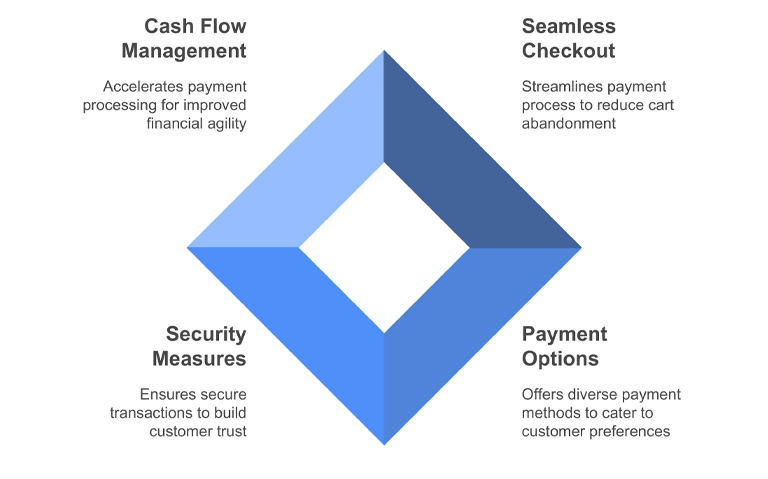
Talus doesn’t just process payments; they optimize the entire transaction journey, transforming potential lost sales into loyal customers.
The Combined Advantage: A Full Spectrum of Solutions with Measurable Impact
When Ndimension Labs and Talus join forces, the result is an unparalleled offering that addresses the entire digital ecosystem of a business. This partnership creates a truly holistic approach to digital transformation, offering:
- Full-stack software development: Businesses leverage comprehensive development expertise to build custom solutions, enabling them to capture new market opportunities and streamline internal processes, leading to increased productivity and revenue growth.
- Intuitive mobile & web apps: Engaging apps enhance customer experience, crucial as 79% of mobile users have made at least one purchase using their mobile phones. (Payby) This mobile optimization is key to expanding reach and driving sales.
- Secure, enterprise-grade payment integration: This synergy means less manual data entry and reconciliation, which reduces errors and saves valuable time and resources. (Upflow) This operational efficiency directly impacts profitability.
- Tailored solutions for diverse industries: The adaptability means bespoke solutions for Retail, Healthcare, Real Estate, Finance, and more. For example, a health plan could potentially increase annual revenue by $55 million to $150 million through reduced churn rates by leveraging targeted personalization and integrated digital services. (Deloitte, 2025)
Digital Transformation Pillars

This strategic partnership isn’t just about combining services; it’s about pioneering a new standard for digital transformation. Businesses no longer have to navigate the complexities of integrating disparate systems or managing multiple vendors for their digital and payment needs. With Ndimension Labs and Talus, they gain a unified, reliable, and innovative partner dedicated to their success. This integrated approach reduces overhead costs (by 10-15%
compared to traditional models) and increases inventory turns (8-12 times annually) for digitally transformed retailers. (Number Analytics, 2025) In an era where performance, reliability, and innovation are non-negotiable, this collaboration paves the way for future-ready businesses to thrive. It’s an invitation to explore a single, comprehensive bundle of technology solutions designed to propel your enterprise forward.
The Synergy of Digital and Payment Innovation
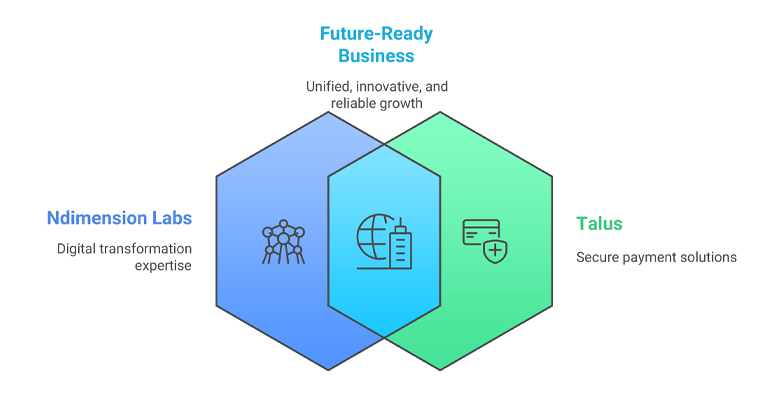
Are you ready to redefine your digital future and empower your business with data-backed confidence? Connect with Ndimension Labs and Talus today to discover how this powerful partnership can unlock unprecedented growth and efficiency for your enterprise. Visit https://www.ndimensionlabs.com and https://taluspay.com to learn more about their individual capabilities and how together, they are shaping the future of digital solutions.

